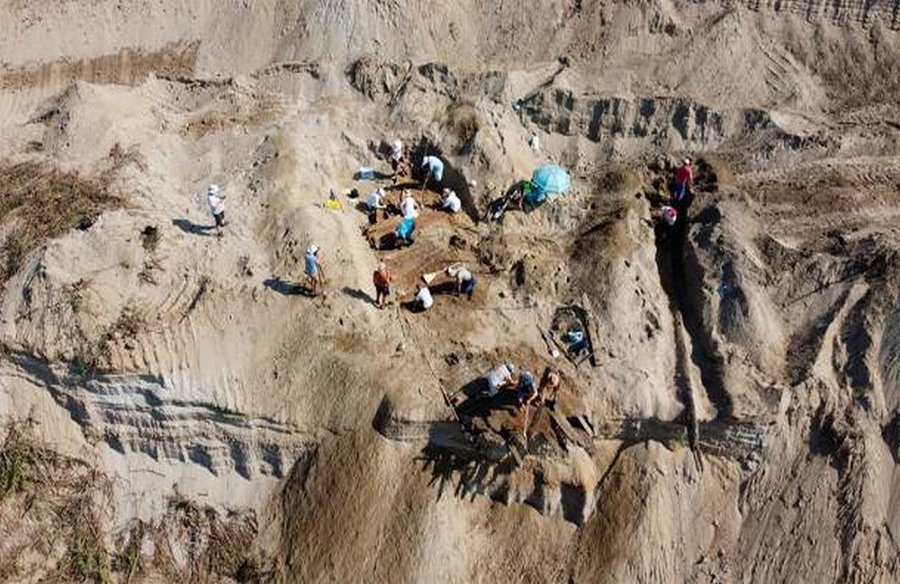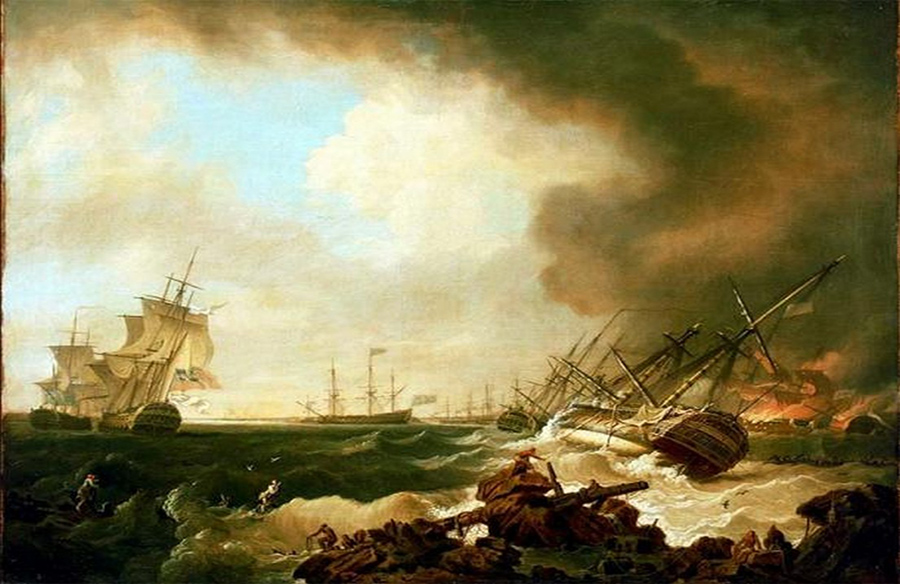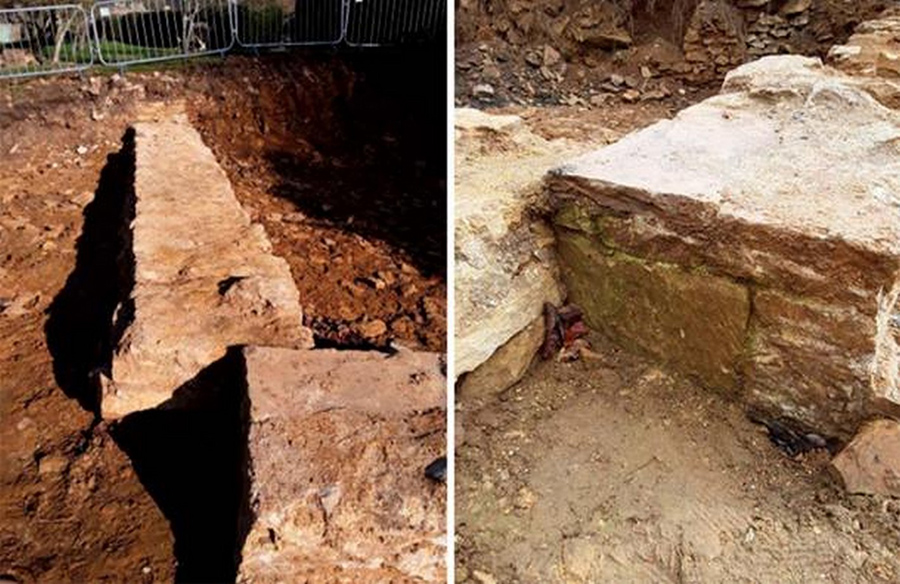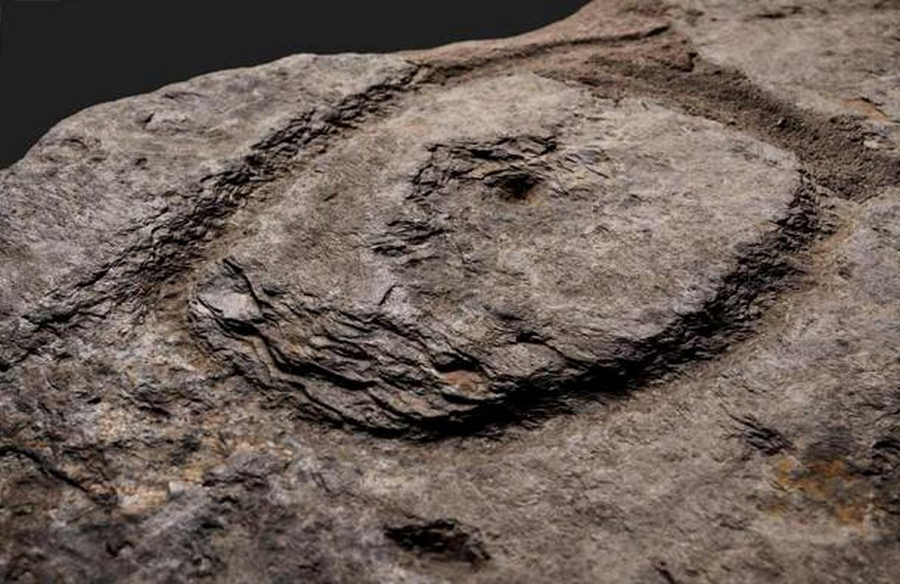A Serendipitous Discovery
In a stroke of accidental archaeology, miners at the Drmno coal mine in Serbia uncovered the well-preserved remains of a Roman ship dating back to the 3rd or 4th century AD. The vessel, measuring an impressive 42 feet (12.8 meters) in length, offers a glimpse into the ancient river fleet that once navigated the waterways near the Roman site of Viminacium.
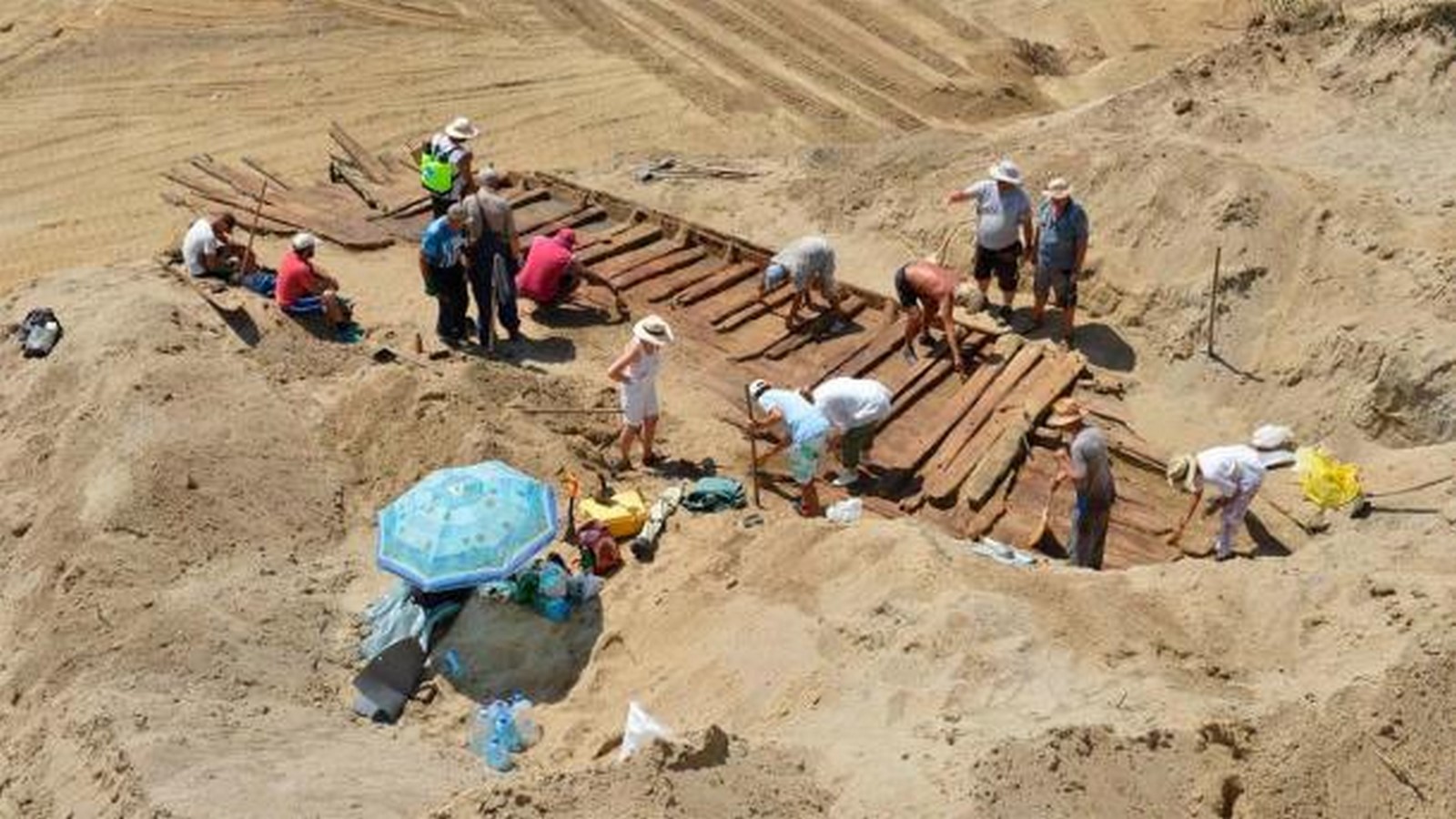
A Strategic Location
Situated just 1.6 kilometers (1 mile) from Viminacium, the ship’s proximity suggests its role in ferrying supplies between the Danube River and the bustling Roman settlement. Viminacium served as a military frontier and strategic base for the Romans, making it a pivotal point for trade and transportation along the region’s waterways.
Uncovering Ancient Treasures
The discovery of the Roman ship adds to a growing list of artifacts unearthed at the Drmno coal mine. Since 2020, two ships and three canoes have been found at the site, representing only a fraction of what archaeologists believe lies beneath the surface. Adjacent to the Mlava River, another vessel has been located, hinting at the extensive network of waterborne transportation in ancient times.
A Remarkable Preservation
Despite centuries buried beneath layers of silt, the ship’s timber components have remarkably endured. The gradual excavation process revealed the vessel’s remains embedded within the mine’s vertical walls, offering archaeologists a rare opportunity to study a well-preserved artifact from antiquity.

Tracing the Ship’s Origins
Archaeologists, led by Miomir Korac, speculate that the ship was likely constructed during Viminacium’s heyday as the stronghold of the Roman province of Moesia Superior. While the exact age of the vessel remains uncertain, its flat-bottomed design and dimensions suggest a utilitarian purpose—efficiently transporting goods along the region’s waterways.
Challenges of Conservation
Moving the 13-meter hull without damage presents a significant challenge for the archaeological team. Specialized engineering solutions are being devised to carefully lift and transport the ship for gradual conservation—a process that requires meticulous attention to preserve its delicate wooden structure.
Unraveling Viminacium’s Legacy
Viminacium, once a thriving Roman settlement, boasted a population exceeding 45,000 individuals and played a crucial role in shaping regional dynamics. Despite facing multiple invasions, the site has yielded a wealth of archaeological treasures, including intricately adorned tombs, ancient workshops, and well-preserved architectural marvels like baths and an amphitheater.
A Window into the Past
The discovery of the Roman ship and ongoing excavations at Viminacium offer valuable insights into the ancient world. From maritime trade to military strategy, these artifacts provide tangible connections to the past, enriching our understanding of Roman civilization and its enduring legacy in the Balkans.
